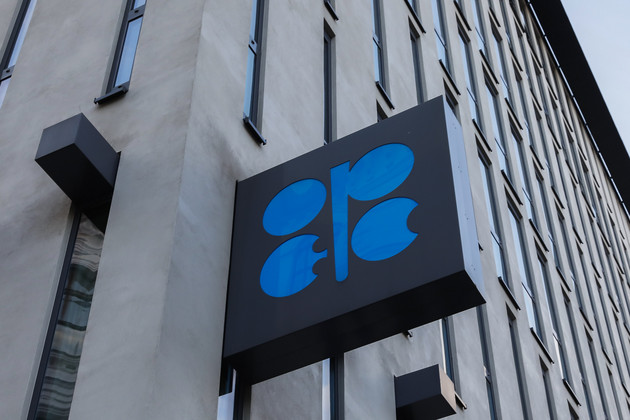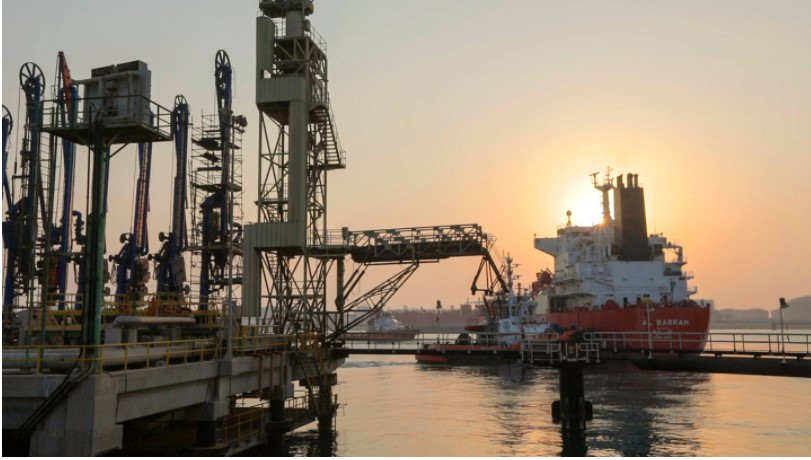Globally, private equity (PE) firms are readying to deploy capital into the global oil and gas sectors, with 25 percent planning acquisitions before the end of the year and 43 percent by the first half of 2017, according a new Ernst & Young global survey of 100 private equity firms–the most active within the sector.
The survey and report, entitled, “Capitalizing on Opportunities: Private Equity Investment in Oil and Gas,” shows that private equity firms are currently preparing to increase investment into the sector. This, with US$971.4 billion of private equity dry powder from June 2016 still to be deployed. Key findings from the survey show that 71 percent of private equity funds intend to pursue “innovative” deal structures, North America and the Asia region are leading destinations for private capital and in general, oil price consensus and asset valuations improve the investment environment.
In regards to deal structures, one result of the current debt burden of many PE-backed oil and gas companies is that new creative capital structures are on the rise. Of the 71 percent of respondents exploring new capital structures, 62 percent cited joint ventures (JV’s) and drill companies; and 59 percent cited contingent pricing as the most popular options.
“As oil and gas companies try to raise capital and reduce debt amid the lower-for-longer price outlook, exploring new capital structures and strategies have become almost mandatory for investors,” Michael Rogers, Ernst & Young’s Global Deputy Private Equity Leader, stated in a company announcement. “PE-backed companies are looking to joint ventures to help them cut costs, while others hope contingent pricing will offer much-needed price stability.”
When it comes to where capital is being deployed, the survey findings reveal increased attention to rising energy demand in emerging economies.
100 percent of survey respondents are expecting to see more private equity involvement in the Asia-Pacific region. This is a notable jump from 79 percent in the last survey, conducted in 2013. Lower costs, increased ease of doing business and general macroeconomic growth is drawing investors to this region, the survey shows.
Emerging Market Views dissected the report and had the opportunity to speak with Andy Brogran, Ernst & Young’s Global Oil & Gas Transactions Leader. He spoke to Emerging Market Views about the sector and the firm’s survey results. Read on for our exclusive.
What is the state of private equity in emerging markets in regards to commodities, oil, and gas, in particular?
Private Equity (PE) is still interested in emerging markets where the deal dynamics work. For example, private equity is interested in investment opportunities focused on responding to energy demands in emerging economies in the Asia-Pacific region. Vietnam and Myanmar, for example, are two countries which have been highlighted in our survey.
In addition, potential Latin American and African opportunities are being pursued. They remain areas of interest with investors expecting activity in the regions to grow. However, it looks like the developed economy market of North America remains the area with by far the greatest interest.
Were survey respondents keen on doing deals in the emerging markets?
Our survey results show 100 percent of private equity investors currently active in the sector expect to become more involved in Asia-Pacific, while 80 percent and 65 percent are also looking at Africa and Latin America, respectively.
What is the outlook for Africa?
Private equity deal-making is set to grow in Africa. While only 1 percent of our private equity respondents are currently active in Africa, a significant 80 percent of respondents are expecting activity to increase on the continent as infrastructure expands, trade routes open up and regulatory systems improve.
What are the top concerns among respondents, and how do they relate to the oil and gas sector(s)?
Oil price volatility remains a top concern for private equity players looking at the oil and gas sector.
No one wants to be caught entering the market at the wrong time. The lower-for-longer consensus, however, is easing short-term concerns and setting the stage for increased investment by the first half of 2017.










